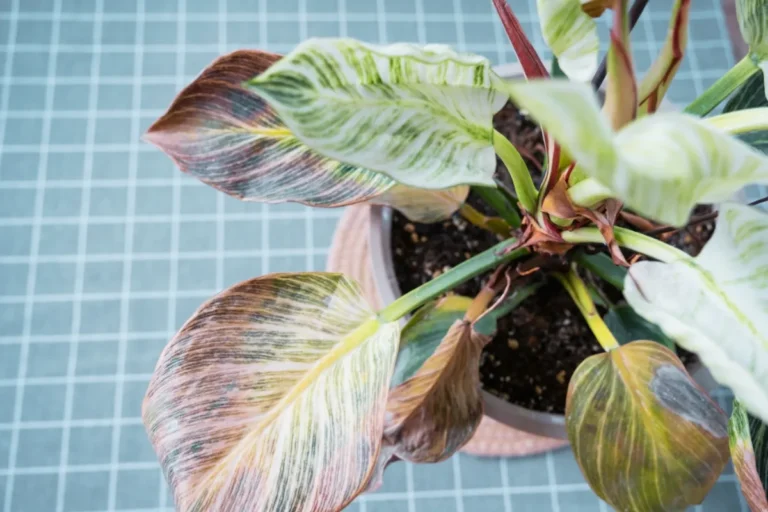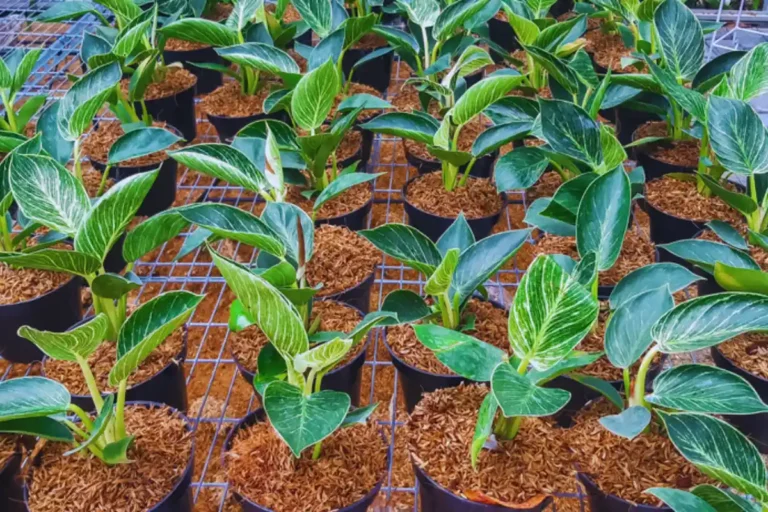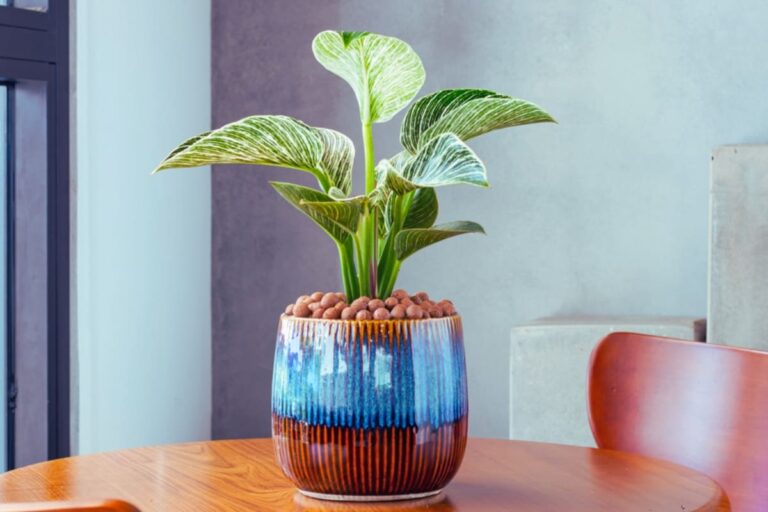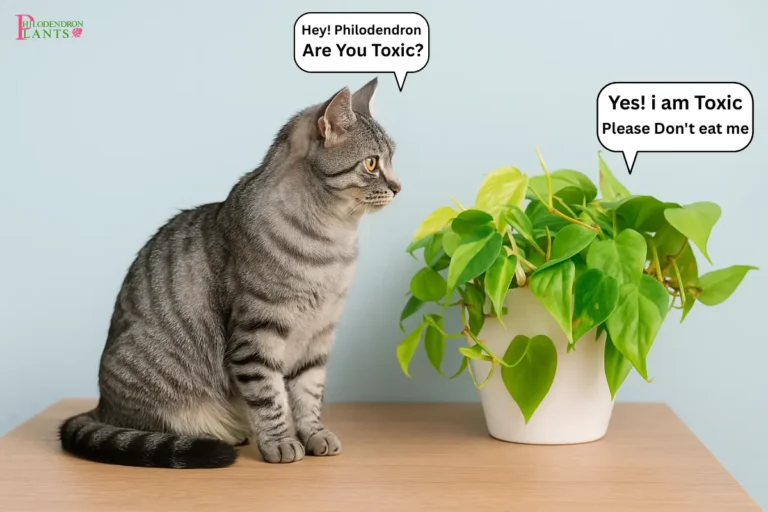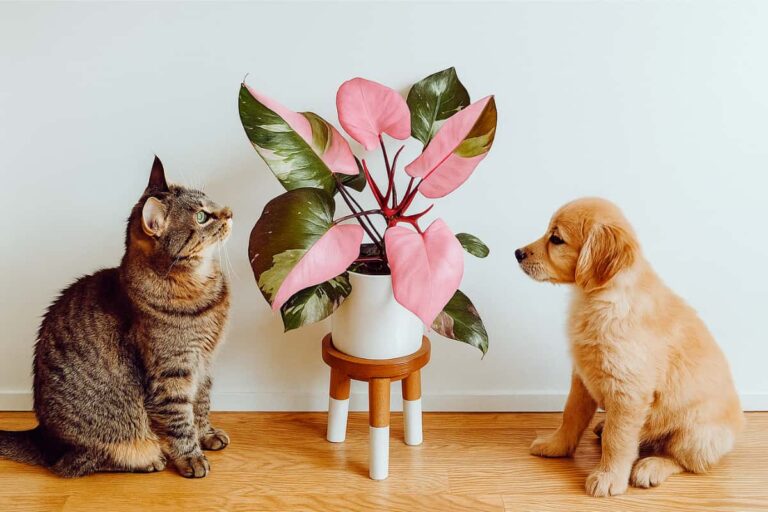Is Philodendron Birkin Toxic to Pets and Human? Safety Guide
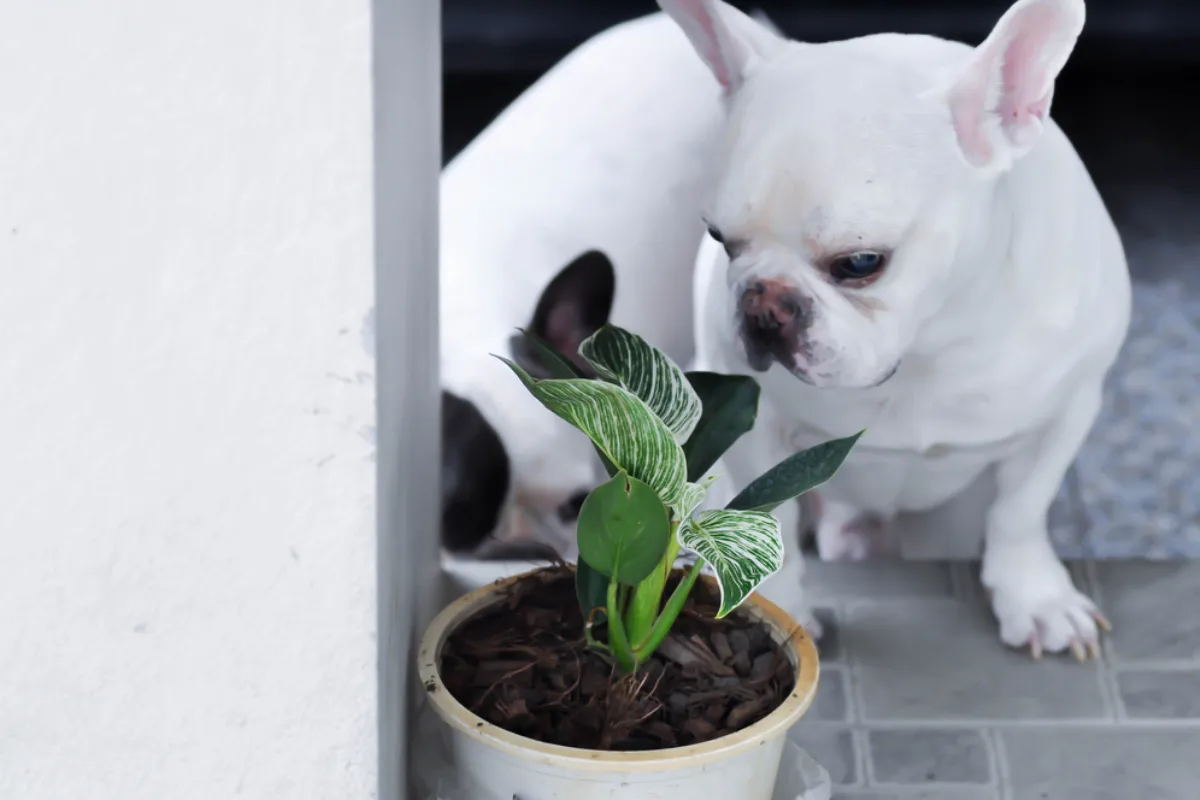
One of our readers came home to find their dog nibbling on the leaves of their prized Philodendron Birkin. Worried and unsure, they rushed to Google: Is Philodendron Birkin toxic? What if my pet gets sick? What should I do next? If this sounds familiar, you’re not alone. Many plant enthusiasts face the same dilemma—how to enjoy their stunning Birkin Philodendron while keeping their pets and children safe. In this blog, we’ll clear the confusion, explain the risks, and share practical tips to help you protect your loved ones without giving up your favorite plant.
Philodendron Birkin Toxicity: Risks, Symptoms, and Safety Tips
Yes, the Birkin plant is poisonous to cats, dogs, and humans—a fact every plant lover should know. Its stunning striped leaves hide calcium oxalate crystals, which can cause painful mouth irritation, drooling, vomiting, and swelling if ingested. While it’s a showstopper in your home, keeping it out of reach is a small step to ensure your furry friends and little ones stay safe and happy. After all, a beautiful home is one where everyone thrives!
What Makes Philodendron Birkin Toxic?
The Philodendron Birkin is toxic due to the presence of calcium oxalate crystals in its leaves, stems, and roots. These microscopic, needle-like crystals are a natural defense mechanism in many plants of the Araceae family. When ingested or chewed, they cause physical and chemical irritation by puncturing soft tissues and releasing inflammatory compounds.
Picture this: your cat, always curious about your houseplants, takes a nibble of your Philodendron Birkin while you’re busy in the kitchen. Moments later, you hear frantic pawing at the mouth and notice excessive drooling. Your heart sinks as you realize your furry friend has ingested something harmful.
Is Philodendron Birkin Toxic to Pets?
Yes, the Philodendron Birkin is toxic to pets, including cats, dogs, and even smaller animals like birds or rabbits. The plant contains calcium oxalate crystals, which can cause significant discomfort and health issues if ingested.
While the toxicity level is generally mild to moderate, it’s important to keep the Philodendron Birkin out of reach of all pets to prevent accidental ingestion.
What Happens If a Dog or Cat Chews It?
If your furry friend chews or ingests any part of a Philodendron Birkin, they may show signs of distress due to the calcium oxalate crystals present in the plant. These microscopic, needle-like structures cause immediate irritation. Here’s what to look out for:
Related: How to Propagate Philodendron Birkin
What to Do If Your Pet Eats Philodendron Birkin
If you discover that your pet has chewed or ingested part of a Philodendron Birkin, act quickly to minimize the effects of the plant’s toxicity. Here are the immediate steps you should take:
Real-Life Scenario: Imagine your dog, Max, has just chewed on a Philodendron Birkin leaf. You notice him drooling and pawing at his mouth. You quickly remove the plant from his reach, rinse his mouth with water, and offer him a bowl of fresh water to drink. While he seems a bit better, you don’t take any chances—you call your vet right away to ensure Max gets the care he needs.
Is Philodendron Birkin Toxic to Humans?
Yes, the Philodendron Birkin is toxic to humans, including both adults and children. The plant contains calcium oxalate crystals, which can cause irritation and discomfort if ingested or if the sap comes into contact with the skin.
Risks for Adults:
Risks for Children:
Real-Life Scenario:
Imagine your toddler, fascinated by the Philodendron Birkin’s striped leaves, decides to take a small bite. Within moments, they start crying and pointing to their mouth, which has become red and swollen. You quickly rinse their mouth with water and monitor them closely, knowing that even a small amount can cause significant discomfort.
Symptoms of Philodendron Birkin Poisoning in Humans
Exposure to the Philodendron Birkin, whether through ingestion or skin contact, can lead to a range of symptoms due to the calcium oxalate crystals in the plant. These symptoms can vary from mild to severe, depending on the level of exposure.
Mild Symptoms:
Moderate Symptoms:
Severe Symptoms:
For Example: You’re repotting your Philodendron Birkin, and some sap gets on your hands. Later, you notice redness and itching on your skin. Or, perhaps your child puts a leaf in their mouth, and within minutes, they’re crying from the burning sensation and drooling excessively. These are common scenarios that highlight the importance of handling this plant with care.
How to Keep Pets and Children Safe Around Philodendron Birkin
While the Philodendron Birkin is a stunning addition to your home, its toxicity means you need to take extra precautions to keep your pets and children safe. Here are practical tips to prevent accidental exposure and ensure everyone stays protected:
1. Strategic Placement:
2. Physical Barriers:
3. Education and Supervision:
4. Safe Handling Practices:
5. Emergency Preparedness:
Imagine This: You’ve placed your Philodendron Birkin on a high shelf in your living room, but your cat is a skilled jumper. To add an extra layer of protection, you use a pet-safe deterrent spray around the plant and keep a close eye on your cat when they’re in the room. For your toddler, you’ve explained that the plant is “yucky” and placed a baby gate to block access to the area. These small steps give you peace of mind while keeping your loved ones safe.
Final Thoughts
The Philodendron Birkin is a stunning yet toxic plant for pets and humans due to its calcium oxalate crystals. We’ve covered everything from risks and symptoms to safety tips and pet-friendly alternatives, ensuring you can enjoy your plant responsibly. we provide trusted, comprehensive guidance to help you create a safe and beautiful green space. Thank you for relying on us as your go-to plant resource!

